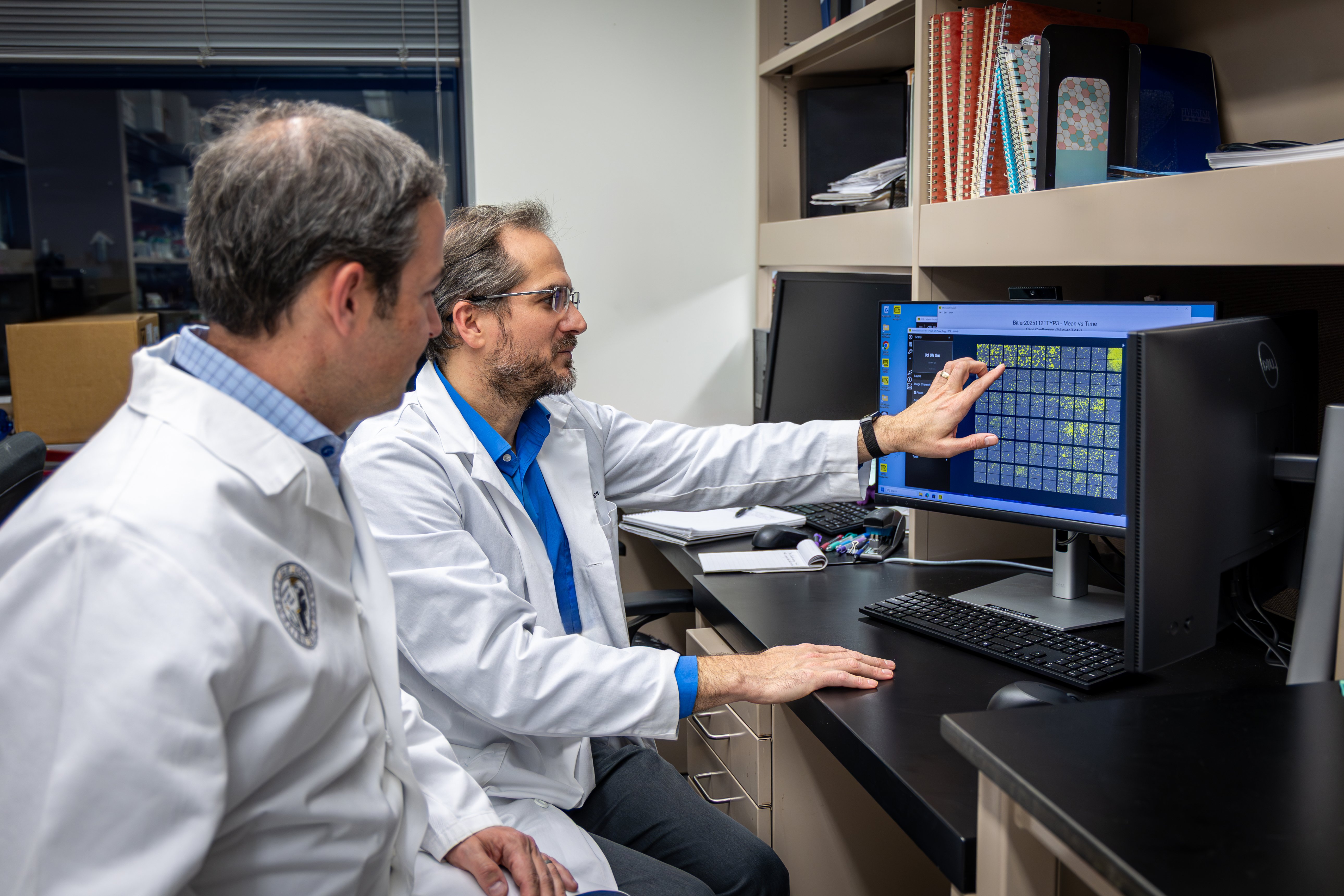The animal care and use program at the University of Colorado Anschutz Medical Campus recently earned continued full re-accreditation and numerous commendations from the Association for Assessment and Accreditation of Laboratory Care International (AAALAC).
The designation follows a voluntary rigorous review of the CU Anschutz program. It occurs at least once every three years and signifies a high benchmark in animal care and use in research. The program has been continuously accredited since 1973.
“Achieving accreditation means that CU Anschutz goes above and beyond the bare minimum regulatory requirements and sets the highest standards for animal care and use,” said Jori Leszczynski, DVM, DACLAM, assistant vice chancellor for animal resources, director of the Office of Laboratory Animal Resources (OLAR) and university veterinarian. “It also means that we are committed to the welfare of animals by performing a full self-review followed by review by our peers to ensure continuous improvement.”
Here are a few of the ways OLAR and the Institutional Animal Care and Use Committee (IACUC) exemplifies best practices through its animal care and use program:
- First academic institution in the country to clear a bacterial agent (Corynebacterium bovis) from immune-compromised rodents.
- Offers many investigator services, including protocol development, breeding, technical support, clinical pathology and consultation on animal models.
- Robust training program that incorporates video learning. The program was recently recognized by the American Association for Laboratory Animal Science in its trade magazine.
- Small research fund that allows any OLAR staff member to perform clinical/operational/administrative projects to test ideas that improve practices.
- Two CU Innovation and Efficiency Awards:
- 2013 – CUSP award for changing mopping practices from traditional string mops to microfiber mops, which saved over $100,000 per year in personnel time, water and chemical use.
- 2020 – For transition to electronic medical records for rodent medical cases (OLAR cares for ~650 new cases per month).
OLAR and the IACUC serve over 350 principal investigators who conduct research through the animal care and use program. Just recently, researchers have made strides toward advancements in bone density and bone loss; the mechanism of liposome accumulation in tumors; small vessel disease; leukemia and other blood cancers; head and neck cancer; hand and eye transplants; and cardiac health. Also, Natalie Serkova, PhD, director of the Small Animal Imaging Shared Resource, was honored by the International Society of Magnetic Resonance in Medicine with the 2021 Senior Fellow Award for her contributions to the field.
“AAALAC endorses the use of animals to advance medicine and science when there are no non-animal alternatives, and when it is done in an ethical and humane way,” the group’s website explains.
AAALAC commendations for the CU Anschutz animal care and use program included “superb institutional support;” facility upgrades and new equipment; “generous incentives to encourage professional development;” and highly effective veterinarians and animal husbandry staff.
The AAALAC site visit lead, as part of the accreditation process, wrote: “My sincere appreciation to all of the (CU Anschutz) staff who participated for their time, expertise and hospitality… You have a very impressive program that has truly embraced the AAALAC spirit.”
In addition to AAALAC accreditation, all CU Anschutz animal research programs are in compliance with laws and industry best practices, including the federal Animal Welfare Act and Regulations, enforced by the U.S. Department of Agriculture’s Animal and Plant Health Inspection; U.S. Government Principles for the Utilization and Care of Vertebrate Animal Used in Testing, Research and Training; The Public Health Service Policy on Humane Care and Use of Laboratory Animals, enforced by the Office of Laboratory Animal Welfare; and the Guide for the Care and Use of Laboratory Animals.



